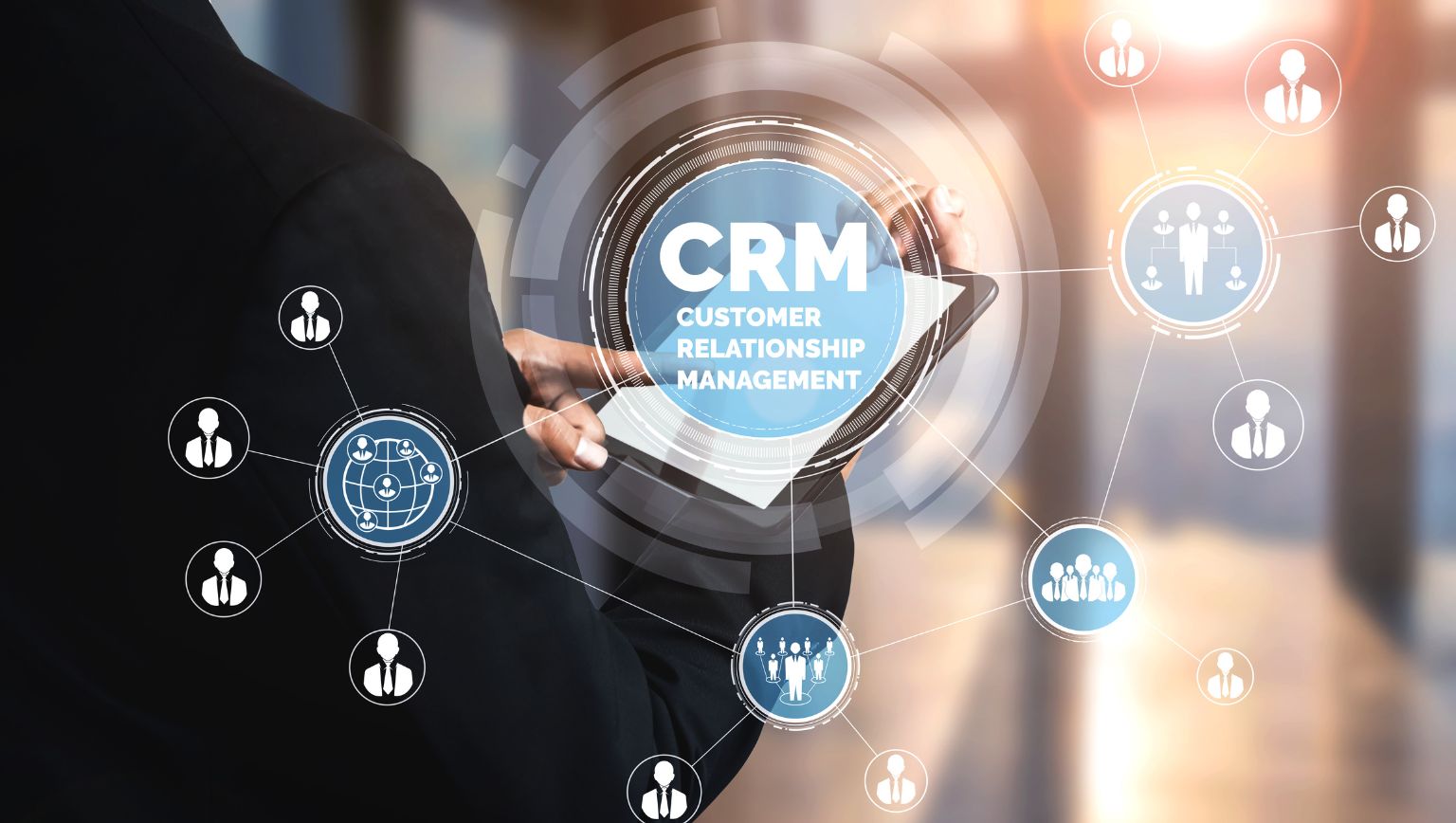HubSpot onboarding is the structured process of setting up HubSpot tools, systems, and workflows so that teams across marketing, sales, and service are aligned from the start. A well-executed HubSpot onboarding guide ensures every department understands how the platform works, how to use the CRM, and how to collaborate using shared pipelines, dashboards, and automation. With the right framework, onboarding becomes more than just technical setup—it becomes the foundation for team alignment.
Implementing CRM Structures That Everyone Understands
The first step in any successful HubSpot onboarding guide is building CRM properties and pipelines that reflect the company’s actual sales process. This includes customising deal stages, contact lifecycle stages, and ticket workflows to match internal operations. When these structures are created with team input, every department operates under the same definitions. Marketing knows when a lead becomes sales-qualified. Sales understands when to escalate a support ticket. This clarity eliminates friction between teams and ensures that leads, deals, and customers are tracked consistently across the board.
Defining Shared Goals and Metrics Through Dashboards
Dashboards are powerful tools in HubSpot that allow teams to track KPIs in real time. A guided HubSpot onboarding process includes setting up shared dashboards with input from each department. When marketing, sales, and customer success are aligned on what success looks like, reporting becomes meaningful. The marketing team can see which campaigns drive SQLs. Sales can measure close rates by source. Customer success can track satisfaction scores tied to service tickets. These dashboards foster transparency and accountability while giving leadership the insights needed to steer performance.
Setting Up Automated Workflows to Bridge Gaps
HubSpot’s workflow automation eliminates the gaps between departments. A thoughtful HubSpot onboarding guide includes mapping out customer journeys and implementing automated handoffs. For example, when a lead hits a certain score or fills out a specific form, they’re automatically passed from marketing to sales. When a deal is marked as closed-won, a workflow triggers a welcome email and assigns the contact to a customer success manager. These workflows reduce manual tasks, ensure timely follow-ups, and keep every team informed about customer status.
Building Contact and Deal Records That Serve Everyone
One of the biggest sources of confusion in CRM usage is incomplete or inconsistent contact records. A comprehensive HubSpot onboarding guide establishes mandatory fields, naming conventions, and usage rules. When sales reps, marketers, and support agents all use the same playbook, contact records become reliable sources of truth. Whether checking lead source, last engagement, or key notes, everyone can quickly understand the context of a contact without digging through emails or asking teammates for updates.
Training Teams Together for Unified Adoption
During onboarding, training sessions should bring together multiple departments rather than training them in silos. Collaborative training ensures that marketing understands the sales pipeline, sales sees how leads are scored, and service understands where customers are coming from. This shared experience builds empathy and encourages cross-functional support. A guided onboarding process often includes live walkthroughs, scenario-based exercises, and Q&A sessions so that questions are resolved early and adoption happens faster.
Creating Role-Based Permissions and User Access
Not every team member needs access to every part of HubSpot. A successful HubSpot onboarding guide sets role-based permissions so users only see tools relevant to their function. This keeps the interface clean, prevents accidental changes, and ensures sensitive data is protected. Marketing can focus on emails and workflows. Sales can view pipelines and contacts. Customer service can manage tickets and knowledge base articles. These permission sets reduce confusion while enhancing productivity and security.
Using Playbooks and Templates to Maintain Consistency
HubSpot allows businesses to create playbooks and templates that standardize communication. Guided onboarding includes the setup of sales call playbooks, email templates, and deal notes formats. These assets ensure that reps across the team deliver consistent messages to prospects and customers. When one team member goes on leave, another can step in and maintain the same tone and structure. This level of consistency is especially critical for scaling businesses where multiple reps or agents may be handling similar customer segments.
Monitoring Activity and Performance From Day One
One of the strengths of HubSpot is its activity tracking and performance monitoring features. Guided onboarding ensures that tracking is configured early so that engagement is measured from day one. Whether it’s email opens, page visits, call logs, or deal updates, every customer touchpoint is logged and visible. Managers can use these insights to coach teams, adjust workflows, and identify bottlenecks before they grow. This proactive monitoring leads to smarter decision-making and more agile teamwork.
What to Remember When Following a HubSpot Onboarding Guide
Following a proper HubSpot onboarding guide means focusing not only on tool configuration but also on aligning team structures, communication styles, and responsibilities. Businesses should ensure onboarding includes participation from key stakeholders in every department to avoid tool misuse or misalignment later. It’s not just about setting things up—it’s about setting teams up to work better together.
Documentation and ongoing support are also critical. A solid onboarding process includes internal guides, video tutorials, and a knowledge-sharing system so that future hires can ramp up easily. By revisiting the HubSpot onboarding guide periodically, businesses can update their systems as they grow, ensuring that alignment remains intact even as processes evolve.
Leadership should champion the onboarding process, provide clarity around expectations, and encourage teams to use HubSpot collaboratively. When everyone sees the platform as a shared workspace—not just a tool for one department—it becomes easier to build a unified culture focused on efficiency, transparency, and growth.
Final Thoughts
A structured and collaborative approach to onboarding ensures that all departments are aligned from day one. With a comprehensive HubSpot onboarding guide, businesses create a shared foundation for CRM usage, reporting, automation, and customer engagement. This alignment drives productivity, strengthens collaboration, and empowers teams to deliver a seamless experience across the entire customer journey. By putting the right systems in place and involving every team from the start, HubSpot becomes a catalyst for connected, scalable, and consistent business operations.












